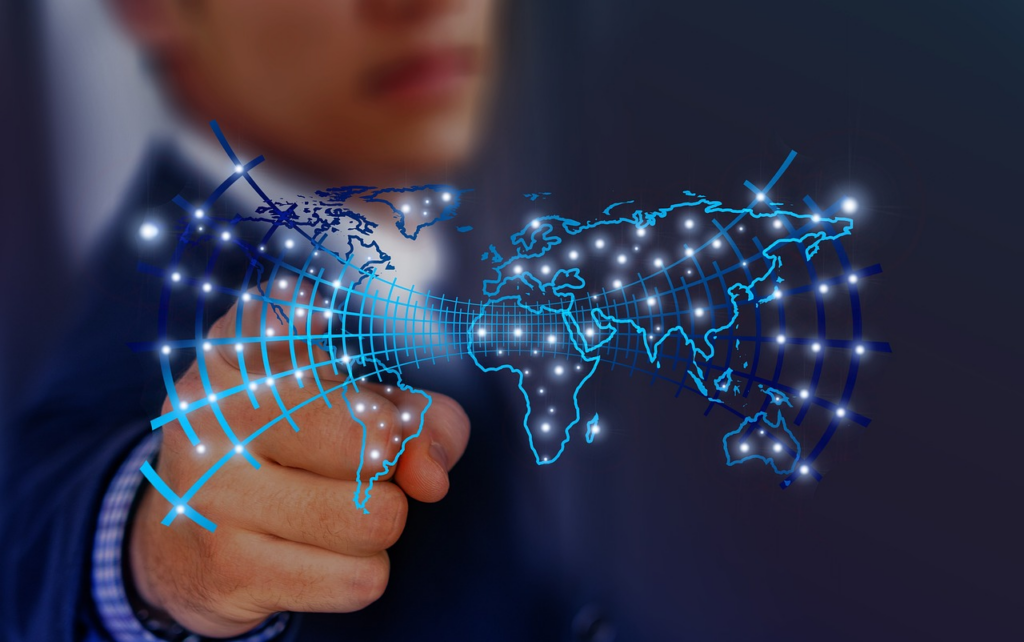In recent years, artificial intelligence (AI) has advanced in many areas, bringing with it a revolution in the way we interact with technology and create art. One of the most fascinating areas is image generation using AI algorithms. In this content, we'll explore some of the most interesting AI options that are redefining visual creation.
Artificial intelligence options that create images
In the digital age in which we live, artificial intelligence (AI) has emerged as a powerful and creative force, capable of generating images that challenge the imagination and push the boundaries of reality.
In this context, exploring the various AI options that create images becomes not only a fascinating journey through the world of technology, but also an investigation into the limitless potential of human creativity combined with the computational power of machines.
1. Generative Adversarial Neural Networks (GANs)
Generative Adversarial Neural Networks (GANs) are one of the most notable advances in AI imaging. These models consist of two neural networks competing with each other: the generator and the discriminator. The generator creates images from random noise, while the discriminator tries to distinguish between real and fake images. Over time, the generator improves its ability to create images that fool the discriminator, resulting in increasingly realistic images.
2. StyleGAN
StyleGAN is a variant of GANs that stands out for its ability to control specific aspects of the generated images, such as style, pose and facial expression. This allows for the creation of highly personalized and realistic images, with an impressive variety of results. StyleGAN has been widely used in applications such as the generation of human faces and the creation of digital art.

3. DeepDream
Developed by Google, DeepDream is an algorithm that uses convolutional neural networks to transform images in a surreal and psychedelic way. The algorithm works by detecting patterns in an image and enhancing these patterns in an exaggerated way. The result is an image that seems to have been inspired by a dream, full of distorted shapes and colors. Although it was initially designed for neural network visualization purposes, DeepDream has become a popular tool among digital artists and AI enthusiasts.
4. DALL-E
Developed by OpenAI, DALL-E is an AI model capable of generating images from textual descriptions. The name is a tribute to the famous surrealist artist Salvador Dalí. DALL-E is trained on a large dataset of images and text, which allows it to understand and interpret complex descriptions. For example, if you describe "a bird made of sushi", DALL-E will be able to create an image that matches this description in a creative and realistic way.
5. Artbreeder
Artbreeder is an online platform that uses AI techniques to allow users to create and mix images intuitively. Using a simple, user-friendly interface, users can combine different images to create new digital works of art. Artbreeder uses a simplified version of neural networks to generate and refine the images, allowing users to explore a wide range of styles and aesthetics.
Generate images with artificial intelligence
Image generation through artificial intelligence is redefining the limits of digital creativity. From generative neural networks to algorithms that transform images in surreal ways, the options are vast and exciting.
As these technologies continue to evolve, we can expect to see even more exciting innovations and applications appearing on the horizon. Whether in art, advertising or research, AI is transforming the way we think about images and creativity.
See also: Emirates has job vacancies across the country; see opportunities
April 6th, 2024
Graduated in Languages - Portuguese/English, and creator of the website Successful WriterAs a writer, she seeks to expand everyone's knowledge with relevant information on various subjects. At Vaga de Emprego SP, she provides opportunities and tips on the job market.